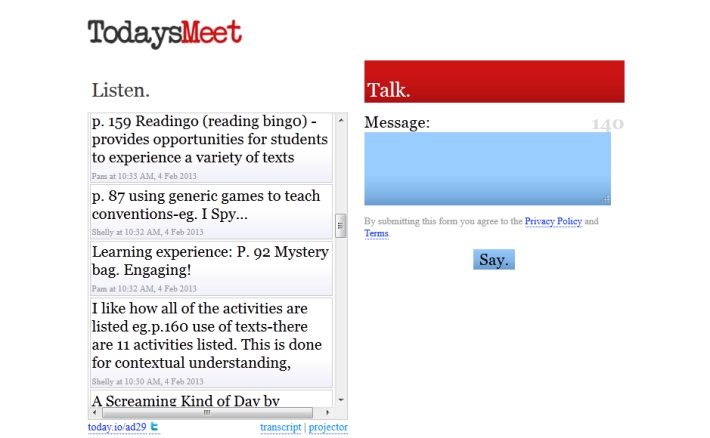It has been the longest, most difficult winter that I can remember in a long time. All I want to do is stay curled up in my flannel pajamas and hibernate in my basement under a cuddly quilt. I feel dormant. I am told spring is coming but when I look out my windows, I’m finding it hard to believe.
Donalynn Miller (The Book Whisperer, 2009) uses the word “dormant” to describe students who are reluctant readers. These are the lost readers in our classrooms that need support, encouragement and guidance to be rejuvenated as readers. Miller writes, “I believe that all dormant readers have a reader inside themselves, somewhere. They simply need the right conditions in order to let that reader loose…” (p. 28).
When I think about my reading history, I now understand that I was a dormant reader for many of my high school years. I didn’t have anyone talking to me about books and sharing new and exciting literature with me. I lived on a steady diet of Archie comics and Sweet Valley High books. Enjoyable , yes, but not the most enriching experiences.
This long winter makes me think of the dormant readers we have in our classrooms and what we need to do as teachers to get them out of book hibernation and awaken their senses. We need to create supportive reading environments to coax these readers out of their dormant states. Here are a few simple ideas:
1. Do book talks frequently
2. Share your own reading history
3. Let kids recommend books to each other
4. Show book trailers and get kids to make their own
5. Let kids abandon a book
6. Encourage kids to stick with a book
7. Give them time to read
8. Use student interest surveys
The thesaurus list these words and phrases as antonyms to dormant; lively, vigorous, energetic, dynamic, full of life, on the go, full of zip. Students won’t stay dormant for long if this is how we approach the teaching of reading in our classroom. Happy Spring!
“If you think reading is boring, you’re doing it wrong!”




